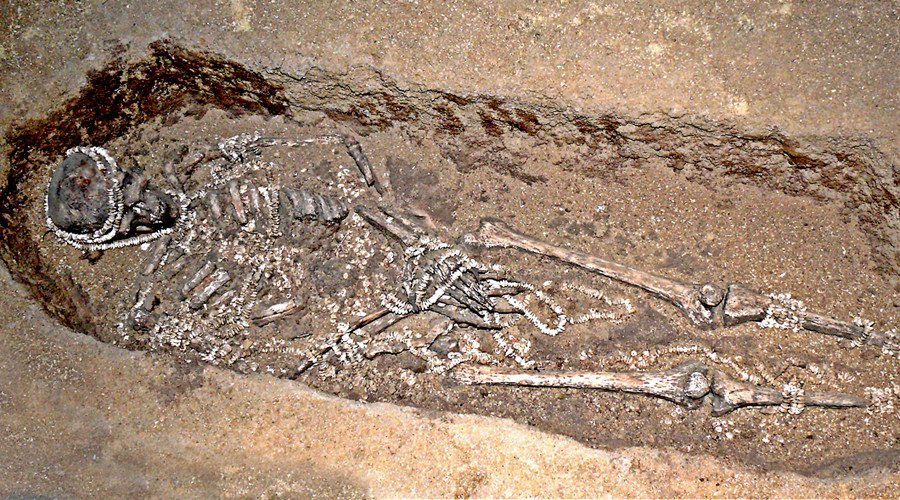OF THE
TIMES
Heaven and hell are eternal places because they are always present at the extremes of human existence, for better or for worse. People are constantly choosing between them, although they are generally not conscious of that in an articulated manner.
Hello, thank you for your article, you can buy Artemisia annua on the Biologiquement laboratory's online store at www.biologiquement.shop Kind...
and from whence did these neanderthals get that 13 billion ? and...for the protesters, if you Honestly want to make the world a better place....
Girls gone wild was a distracting lead up to governments gone wild. Up next, sport hunting and fishing.
The whale may have been trying to complain about the disturbance caused by the boat's engines.
It is not a policy decision. The EU should abide by the laws that allow any citizen of a foreign country, including Ukraine, to live and work in...
To submit an article for publication, see our Submission Guidelines
Reader comments do not necessarily reflect the views of the volunteers, editors, and directors of SOTT.net or the Quantum Future Group.
Some icons on this site were created by: Afterglow, Aha-Soft, AntialiasFactory, artdesigner.lv, Artura, DailyOverview, Everaldo, GraphicsFuel, IconFactory, Iconka, IconShock, Icons-Land, i-love-icons, KDE-look.org, Klukeart, mugenb16, Map Icons Collection, PetshopBoxStudio, VisualPharm, wbeiruti, WebIconset
Powered by PikaJS 🐁 and In·Site
Original content © 2002-2024 by Sott.net/Signs of the Times. See: FAIR USE NOTICE

Reader Comments
Neandertal Power! No mating with the hominids!
Do your banking at the 3 Oaks. Ask for Gecingetorix.
I'm not smart- speak English please!!